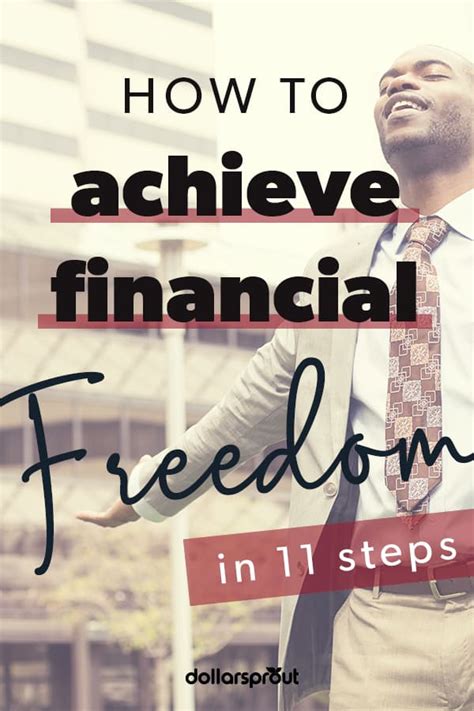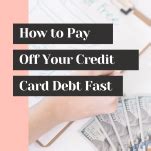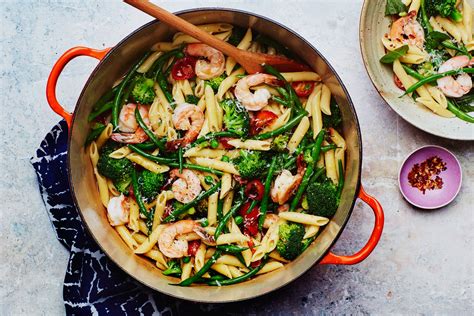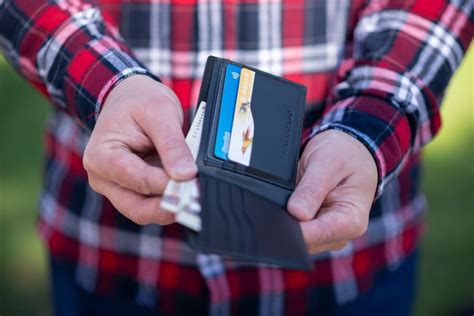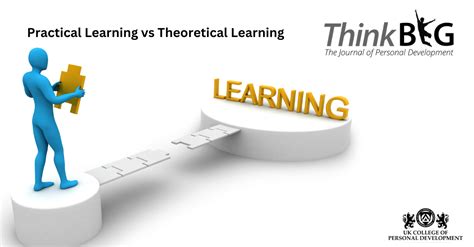High-interest credit card debt can feel like a heavy anchor, dragging down your financial progress and causing significant stress. The compounding interest makes it challenging to make real headway, often leaving you feeling stuck in a never-ending cycle. However, with the right strategies and a disciplined approach, it is absolutely possible to pay off high-interest credit card debt quickly and reclaim your financial freedom.
Understanding the Threat of High-Interest Debt
Before diving into solutions, it’s crucial to understand why high-interest debt is so detrimental. Every month, a significant portion of your payment goes towards interest, not the principal balance. This means you’re paying more for the money you’ve already spent, effectively making your purchases far more expensive than their initial price tag. The longer you carry this debt, the more interest accrues, making it increasingly difficult to escape.
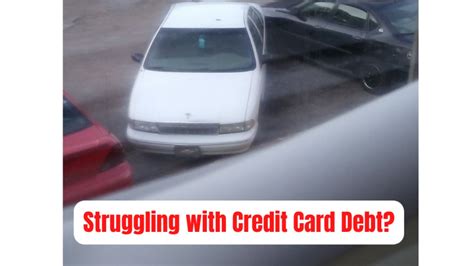
Top Strategies to Tackle High-Interest Credit Card Debt
1. The Debt Avalanche Method
The debt avalanche method is a powerful strategy for those who want to save the most money on interest. Here’s how it works: list all your credit card debts from the highest interest rate to the lowest. Make minimum payments on all cards except for the one with the highest interest rate. On that card, pay as much extra as you possibly can. Once the highest-interest card is paid off, take the money you were paying on it and apply it to the card with the next highest interest rate. This method systematically eliminates the most expensive debt first, saving you money in the long run.
2. The Debt Snowball Method
For those who need psychological wins to stay motivated, the debt snowball method is often recommended. List your credit card debts from the smallest balance to the largest, regardless of interest rate. Make minimum payments on all cards except for the one with the smallest balance. Throw every extra dollar you have at that smallest debt. Once it’s paid off, take the money you were paying on it and add it to the minimum payment of the next smallest debt. This creates a “snowball” effect, providing quick wins that can keep you motivated to continue.
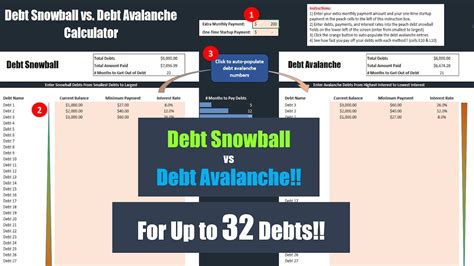
3. Balance Transfers to 0% APR Cards
If you have good credit, a balance transfer card can be a game-changer. These cards offer an introductory 0% APR for a specific period (e.g., 12-21 months) on transferred balances. By moving your high-interest debt to one of these cards, you get a significant window to pay down the principal without incurring any interest. Be mindful of balance transfer fees (typically 3-5% of the transferred amount) and ensure you can pay off the balance before the promotional period ends, or the interest rate will revert to a higher rate.
4. Debt Consolidation Loans
A personal loan for debt consolidation can combine multiple high-interest credit card debts into a single, lower-interest monthly payment. This simplifies your payments and can significantly reduce the total interest paid over time. It’s crucial to find a loan with a lower interest rate than your current credit cards and to avoid taking on new debt once you’ve consolidated the old.
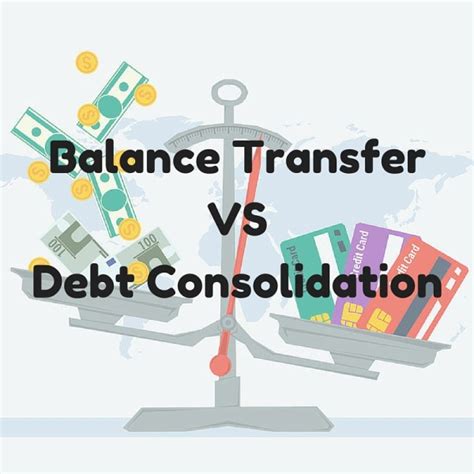
5. Aggressive Budgeting and Expense Cutting
To free up more money to throw at your debt, a thorough review of your budget is essential. Track every dollar you spend for a month or two to identify areas where you can cut back. This might mean temporarily reducing discretionary spending on dining out, entertainment, subscriptions, or shopping. Every dollar saved can be redirected towards your debt payments, accelerating your payoff timeline.
6. Increasing Your Income
Beyond cutting expenses, look for ways to boost your income. This could involve picking up a side hustle, working overtime, selling unused items, or negotiating a raise at your current job. Any additional income can be directly applied to your credit card debt, making a substantial difference in how quickly you become debt-free.
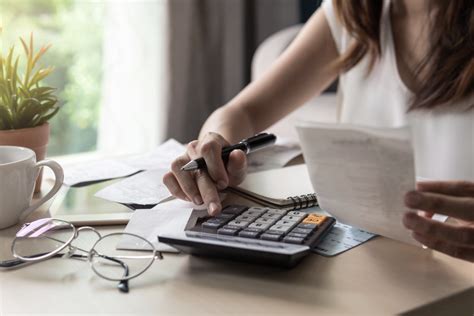
Staying Motivated and Debt-Free
Paying off debt is a marathon, not a sprint. Celebrate small victories, track your progress regularly, and remind yourself of your ultimate goal: financial freedom. Once you’ve paid off your high-interest credit card debt, the next crucial step is to stay debt-free. Build an emergency fund, create a sustainable budget, and use credit cards responsibly, paying off your balance in full each month to avoid future interest charges.
Conclusion
Tackling high-interest credit card debt quickly requires a combination of strategic planning, discipline, and commitment. Whether you choose the debt avalanche for maximum interest savings, the debt snowball for motivational wins, or leverage balance transfers and consolidation loans, the key is to take consistent, aggressive action. By implementing these strategies and maintaining a focus on your financial goals, you can effectively eliminate high-interest credit card debt and pave the way for a more secure and prosperous financial future.
